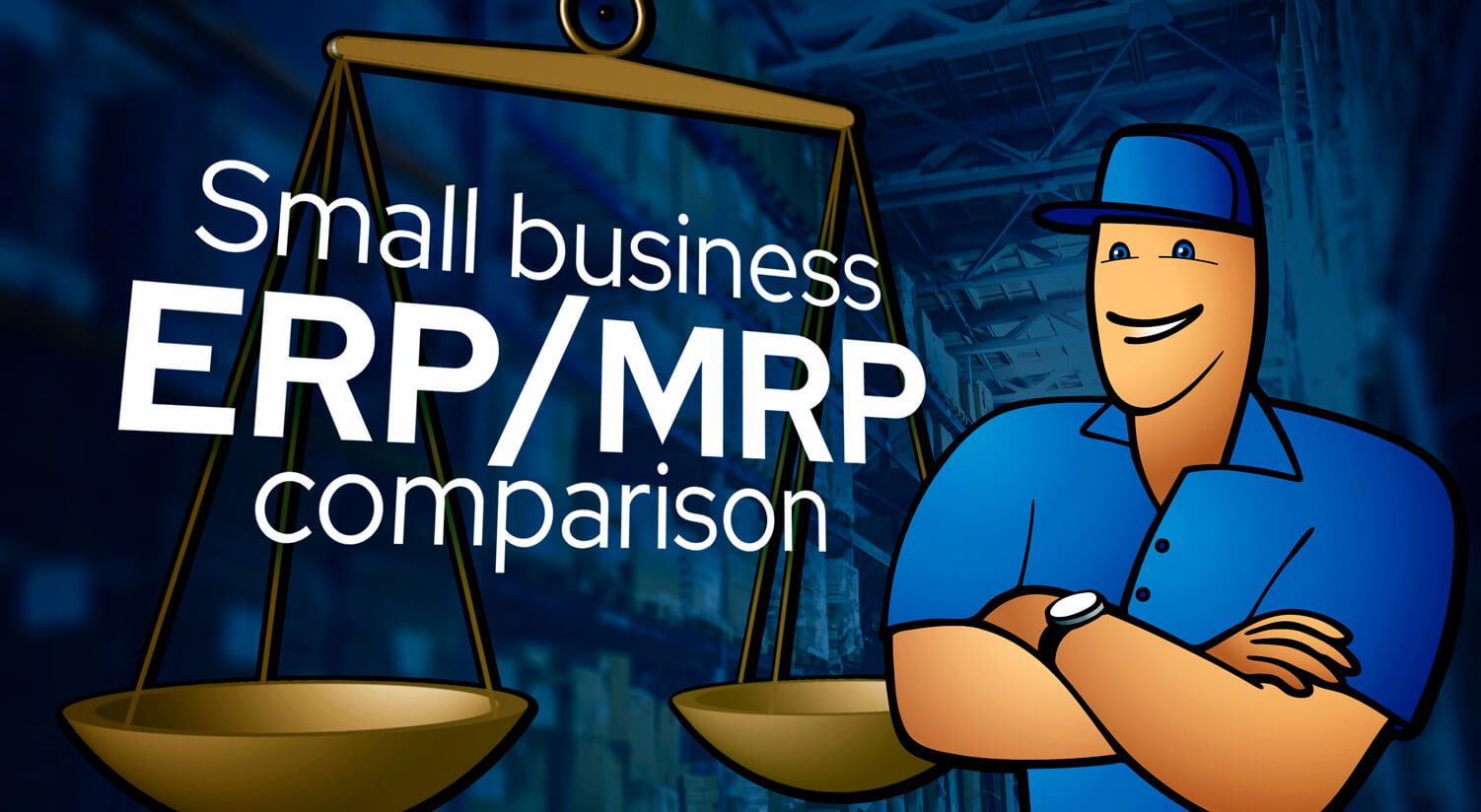SME Backbone for Biotech Supply Chains
With Covid-19 vaccine delivery highlighting the need for resilience in pharma and biotech supply chains ERP/MRP gives smaller suppliers the backbone required to take part.

The pandemic has starkly revealed not only the science and research based strengths of the UK’s pharmaceutical and biotechnology sector, but also the vulnerabilities of highly complex, geographically extended and time-critical supply chains. Identifying, controlling and mitigating these weaknesses has become an even greater priority, not just for ‘big pharma’ but for the very many smaller companies that make up the life sciences supply chain ecosystem. An essential foundation is a solid, reliable and useable ERP/MRP backbone.
The story of vaccine development, and indeed of pharmaceuticals generally, is usually told in terms of the major global corporation such as Pfizer and Astra Zeneca. Indeed, 37 of the global ‘top 50’ have operations in the UK, and 89% of employees in the biopharmaceutical sector work for firms with more than 250 employees. But in pharmaceutical products alone there were 645 UK manufacturing companies in 2018; including non-drug biotechnologies nearly 2,000; and across the whole life sciences sector, including not just therapy manufacturers but suppliers of diagnostics, equipment, and support services (for example, ‘fill and finish’), some 6,300 companies according to the BioIndustry Association, some 80% being small businesses.
This SME ecosystem is in constant flux. New start-up companies are formed to exploit the scientific discoveries of the UK’s world leading research institutions. Some of these are acquired by ‘big pharma’, others grow through external investment – UK biotech raised £2.8 billion in capital in 2020. At the same time the major companies constantly spin off companies whose products don’t sit easily in their commercial portfolio. Even within ‘big pharma’, there are often scientific or market constraints on ‘scaling up’ production, so that although units may enjoy ‘corporate’ services in sales, marketing, and securing regulatory approval, from a manufacturing point of view they may operate very much like small companies.
And small-scale production is likely to become even more significant in the future. Developments in ‘advanced therapies’ such as genetic and cell-base treatments suggest a ‘personalisation’ of therapies. In future, ‘batch size’ may be that of an individual patient’s requirement, while the short life and vulnerability of biological – as opposed to chemical – substances drive a requirement for on-demand production as close as possible to the point of use. This is somewhat analogous to the way 3D printing is expected to develop in other manufacturing sectors. Production and supply chain control can only get more complex.
Small firms and start-ups don’t get a free pass from regulatory requirements. Every input, every process and every deviation has to be meticulously logged and tracked. Resource planning has to be precise and highly detailed, not just around the actual manufacturing process but for resources such as cold chain logistics, or consumable and disposable inputs. Many vaccines, for example, are cultured in ‘bioreactors’ which are in essence sophisticated single-use plastic bags – often sourced, along with related tubing and so on, from Far Eastern manufacturers and vulnerable to the problems familiar from PPE procurement. Many chemical precursors, reagents and the like are also sourced from abroad.
Non-production tasks, such as clean down and clearing between batches, and Quality Control have to be planned and scheduled in more detail than is usual. Synchronisation with suppliers, with contract manufacturers, with logistics operators and with clinical end-users has to be glitch-free otherwise, at best, valuable product is scrapped, at worst, patient health is compromised. Security, both physical and cyber, is of increasing concern. And many of the workarounds and comfort points familiar from other industries are not available – often, for example, the nature of the substances means that it is not possible to create buffer stocks of raw material, Work in Progress or finished product.
An ERP/MRP system to underpin this activity is not necessarily over-complex, but it does need to allow the finest granularity over multi-layer Bills of Material, upload and download seamlessly with other systems and with other supply chain partners, record and retain very large amounts of manufacturing data, and perhaps above all, produce reports that give clear and early warning of problems and deviations. The system also needs to be simple and intuitive in operation – users in small biotech companies are likely to be trained scientists, not production managers.
There is a lot of work being done currently on creating common standards and control methods around the emerging sciences such as genomics and cell-based therapies, but whatever form these take, there will still be a need for a Resource Planning ‘backbone’. In 2017, the Medicines Manufacturing Industry Partnership produced a ‘Manufacturing Vision for UK Pharma’ outlining the need to create flexible production facilities and adaptive supply chain handling, logistics and preservation technologies, and listing the key needs and drivers. These include:
- Robust and effective control of end-to-end supply from raw materials to finished goods, with measurements to support this;
- Secure tracking – building on the control need, a capability to identify patient personalised product, especially with advanced therapies;
- Development of a complex, cost effective and robust supply chain – including frozen, and class-leading preservation technologies
- Close tracking history of products/components: know where it is and what environmental conditions it has been in;
- Increased integrated automation of systems where, currently, much is manual yet early demand signals are key
- Smarter use of digital platforms to reduce expensive inventory and risk of stock outs.
First published in IT Supply Chain.





